October 29, 2025
Data Shows Endangered Palau Ground Doves Swiftly Recovering After Successful Palauan Island Conservation Effort
Astounding evidence of recovery on Ulong Island in Palau after just one year!
Published on
July 14, 2016
Written by
Sara
Photo credit
Sara

Research reveals incredible details about Frigatebirds and their flying abilities.
A Frigatebird, Fregata magnificens, is a tropical seabird with an impressive 6-foot wingspan. Its feathers are not waterproof–which is surprising for a seabird–and being unable to land on water, they have adapted astounding flying abilities. Frigatebirds spend so much time in the air that scientists have not been able to easily study them.
But as research technology advances, we are presented with unprecedented opportunities to study wildlife. In a recent study, researchers captured Frigatebirds and tagged them with satellite devices and body monitors. The birds were released, and over time the data began to take shape. The results astonished the researchers, revealing that Frigatebirds are masters of flight in ways previously unknown.
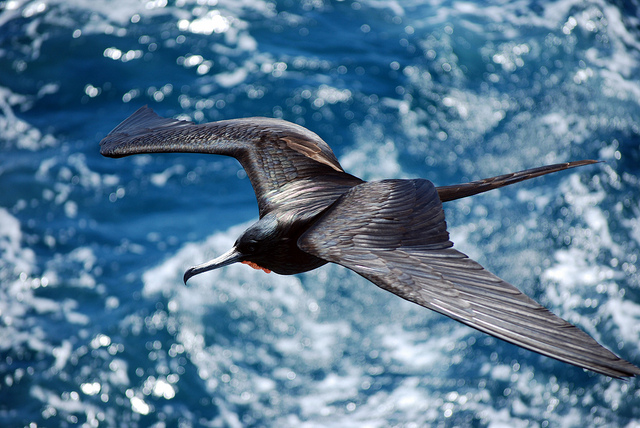
Researchers found that the Frigatebirds fly up to 4,000 meters (13,123 feet) high. If you have ever been 4,000 meters high you know that it can get very very cold (and if you haven’t, well, you can imagine). This finding was surprising for a bird that lives in the tropics. Ornithologist Henri Weimerskirch says:
There is no other bird flying so high relative to the sea surface.
What’s more, the instruments measuring the birds’ bodily functions revealed that what looked like an incredible feat was no big deal for the birds. The birds’ heart rates indicated low physical exertion. Prompted by the surprising recordings, researchers investigated further. They discovered that the Frigatebirds were able to fly into clouds and ride their updrafts.
It’s the only bird that is known to intentionally enter into a cloud.
Equally amazing was that the researchers recorded one of the birds flying for two months straight. The birds can fly low over the water to snatch up fish, eating on the go. Their incredible ability to fly without rest is also supported by a flying technique called “wing loading.” According to the researchers, of all the birds in the world, Frigatebirds have the highest ratio of wing surface area compared to body weight.
Starting to think Frigatebirds have things rigged pretty well? It gets even better. It turns out that the clouds Frigatebirds love to soar in stir up the waves in the ocean below. This causes phytoplankton to rise to the surface and attract fish, providing Frigatebirds with a mobile feeding trough that travels with them as they effortlessly float in the clouds.
Feature photo: Lucy Rickards/Flickr
Read the original article at NPR
Check out other journal entries we think you might be interested in.

October 29, 2025
Astounding evidence of recovery on Ulong Island in Palau after just one year!
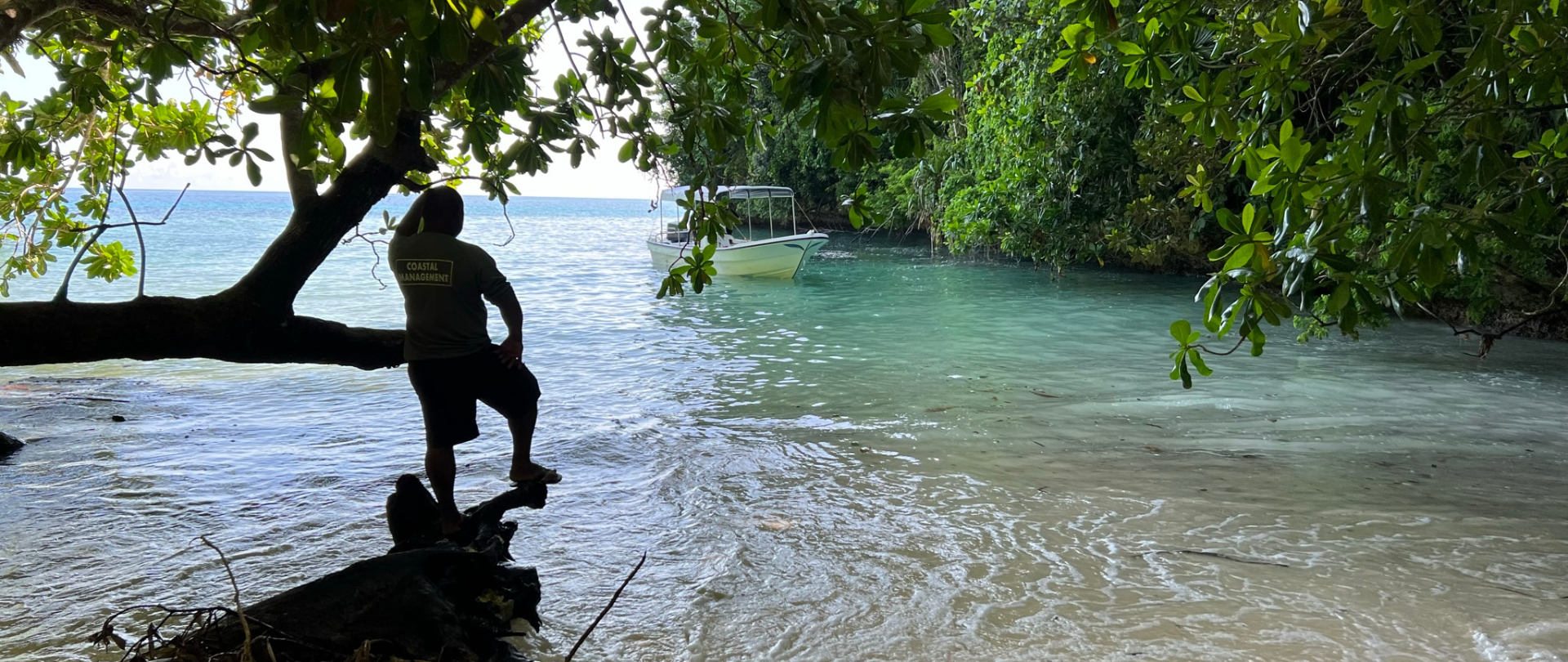
May 19, 2025
Read our position paper on The 3rd United Nations Ocean Conference (UNOC 3) to see why we're attending and what we aim to accomplish!

December 4, 2024
Ann Singeo, founder of our partner organization the Ebiil Society, shares her vision for a thriving Palau and a flourishing world of indigenous science!
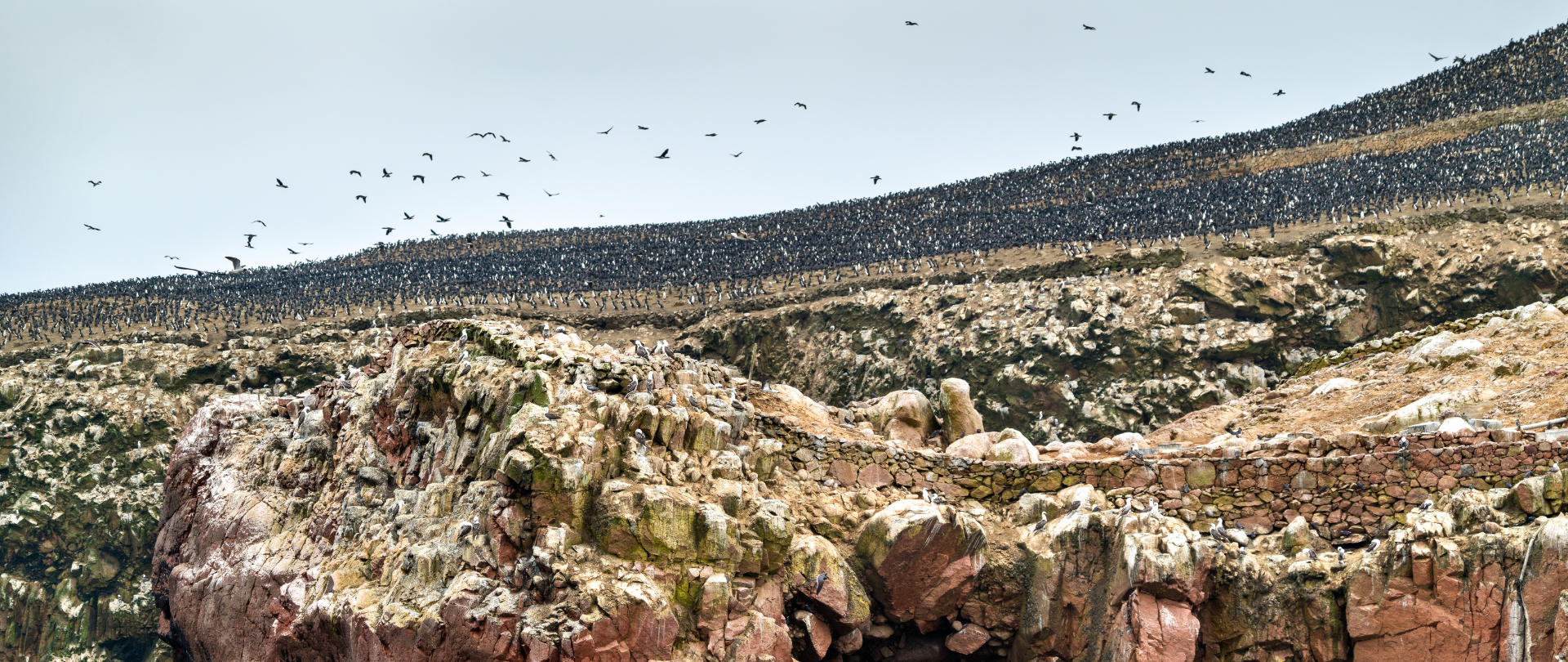
November 22, 2024
This historic agreement aims to protect the marine and coastal areas of the Southeast Pacific.
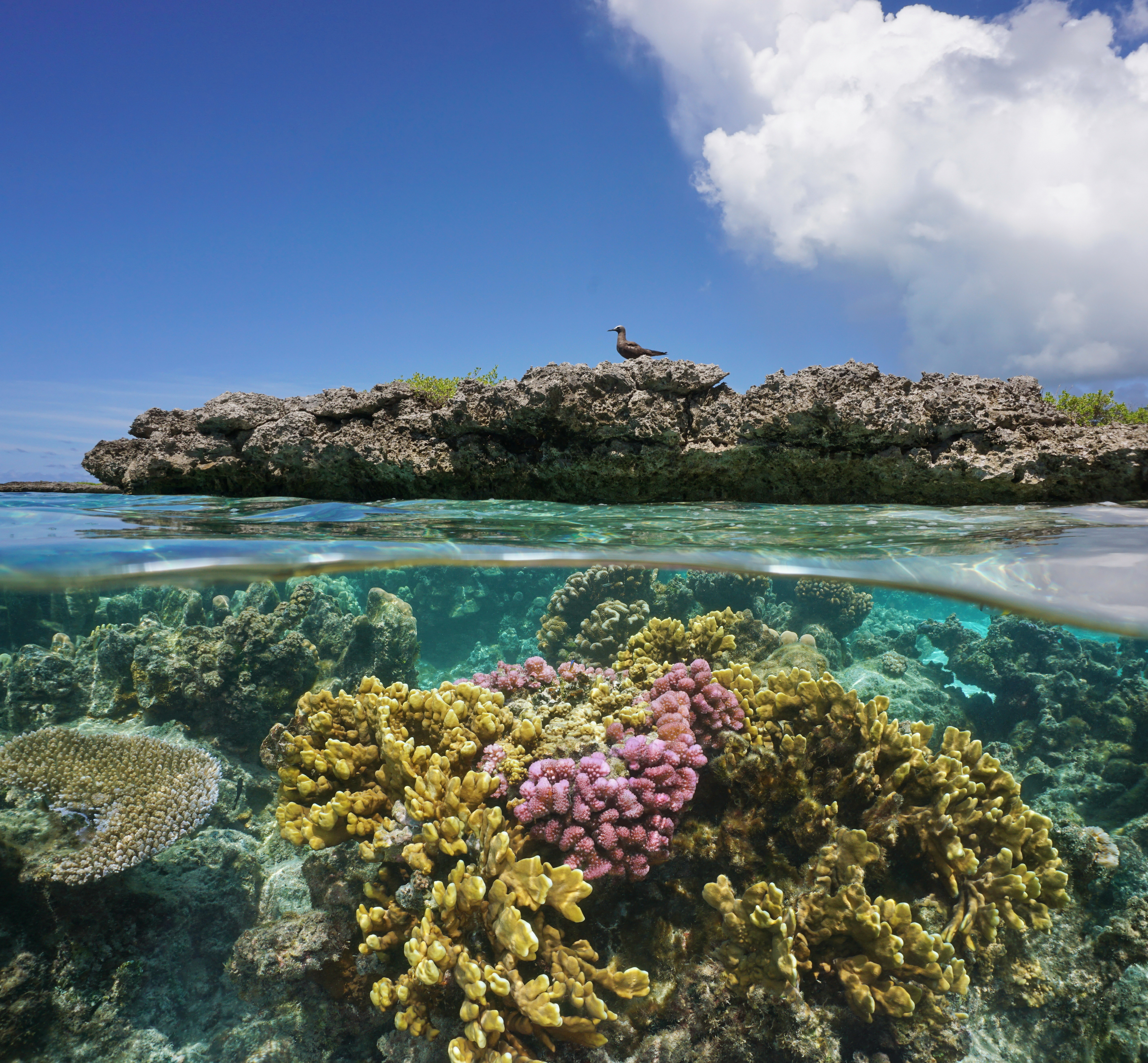
November 18, 2024
Our projects to restore key islets in Nukufetau Atoll forecast climate resilience and community benefits in Tuvalu!
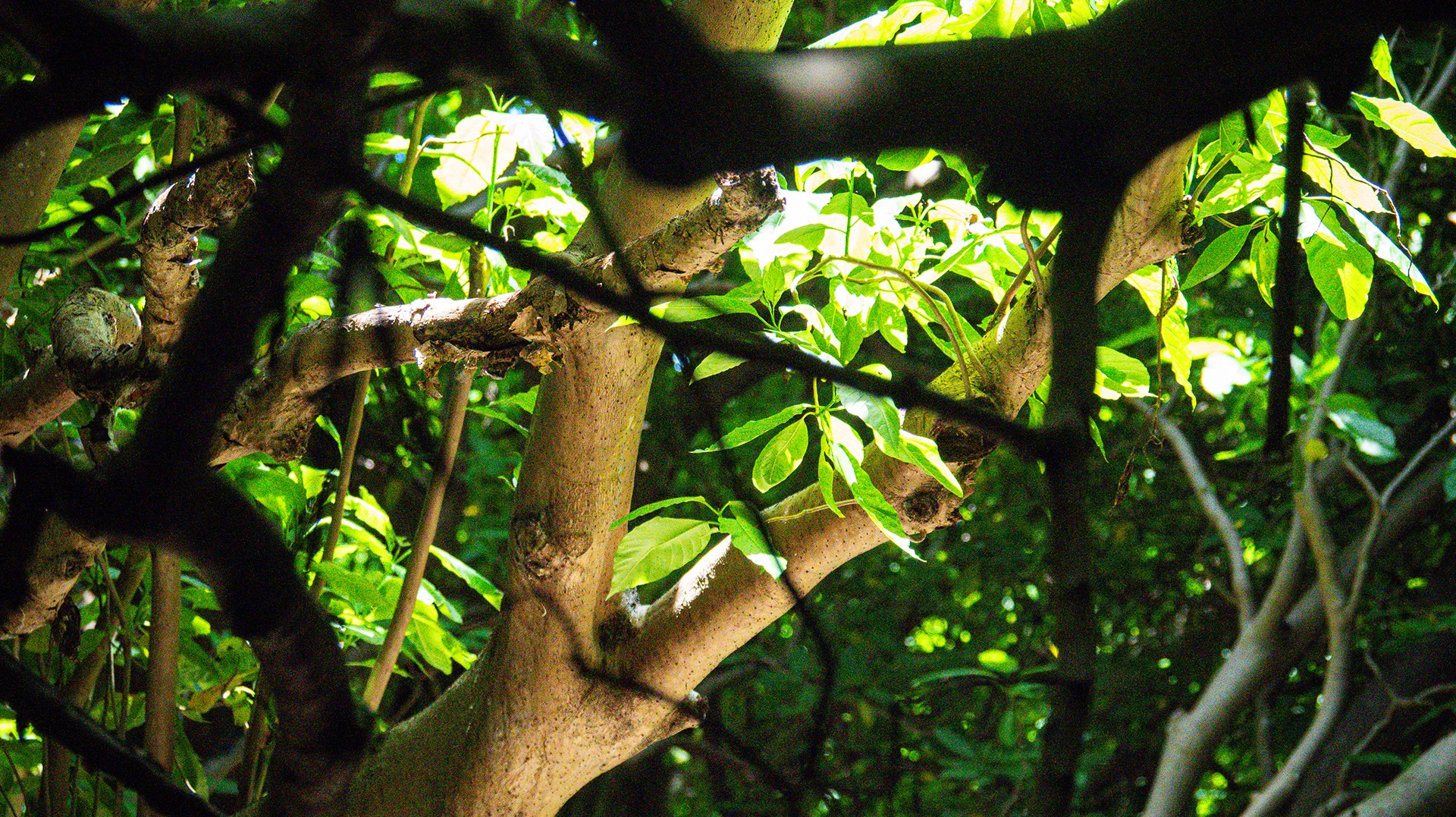
October 3, 2024
Island Conservation and partners have published a new paper quantifying ecosystem resilience on restored islands!
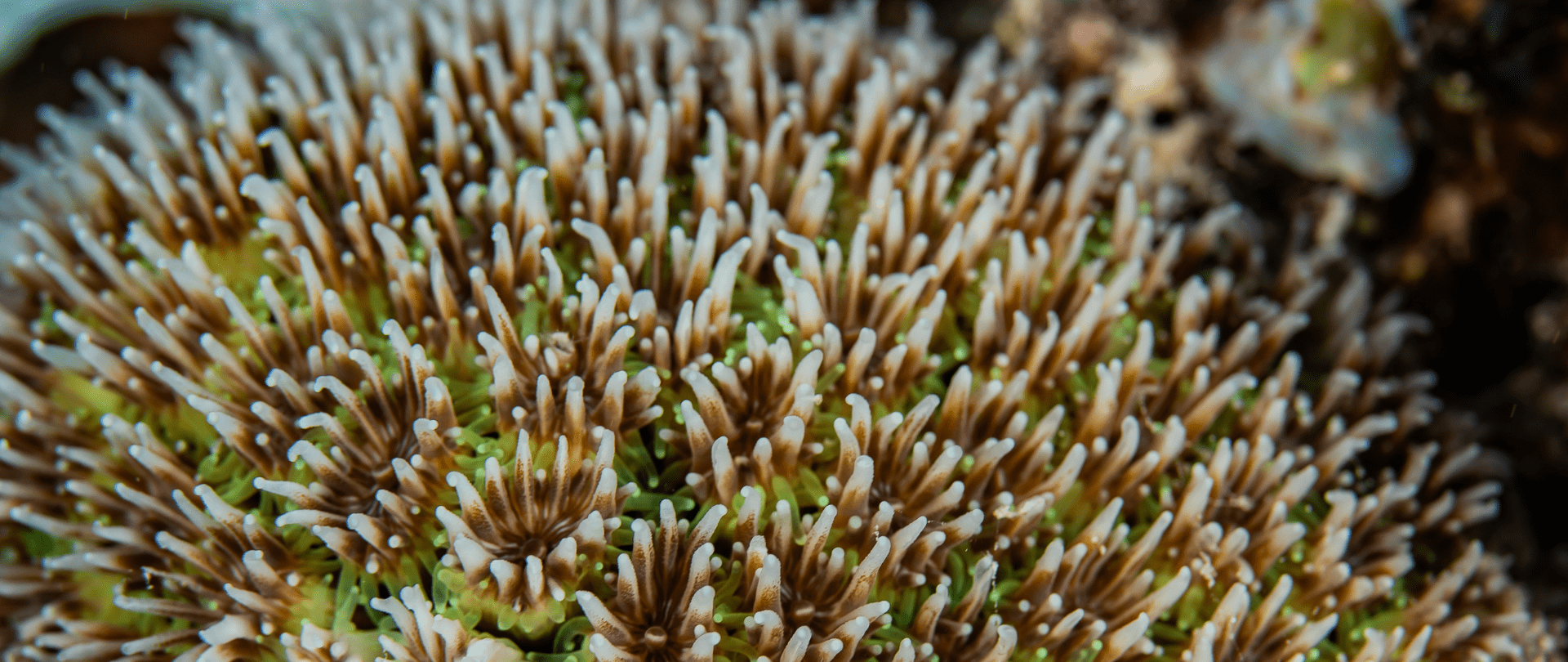
September 10, 2024
Climate Week NYC: what is it and why is it important? Read on to find out why Island Conservation is attending this amazing event!

September 5, 2024
With sea levels on the rise, how are the coastlines of islands transforming? Read on to find out how dynamic islands really are!

December 14, 2023
Join us in celebrating the most amazing sights from around the world by checking out these fantastic conservation photos!
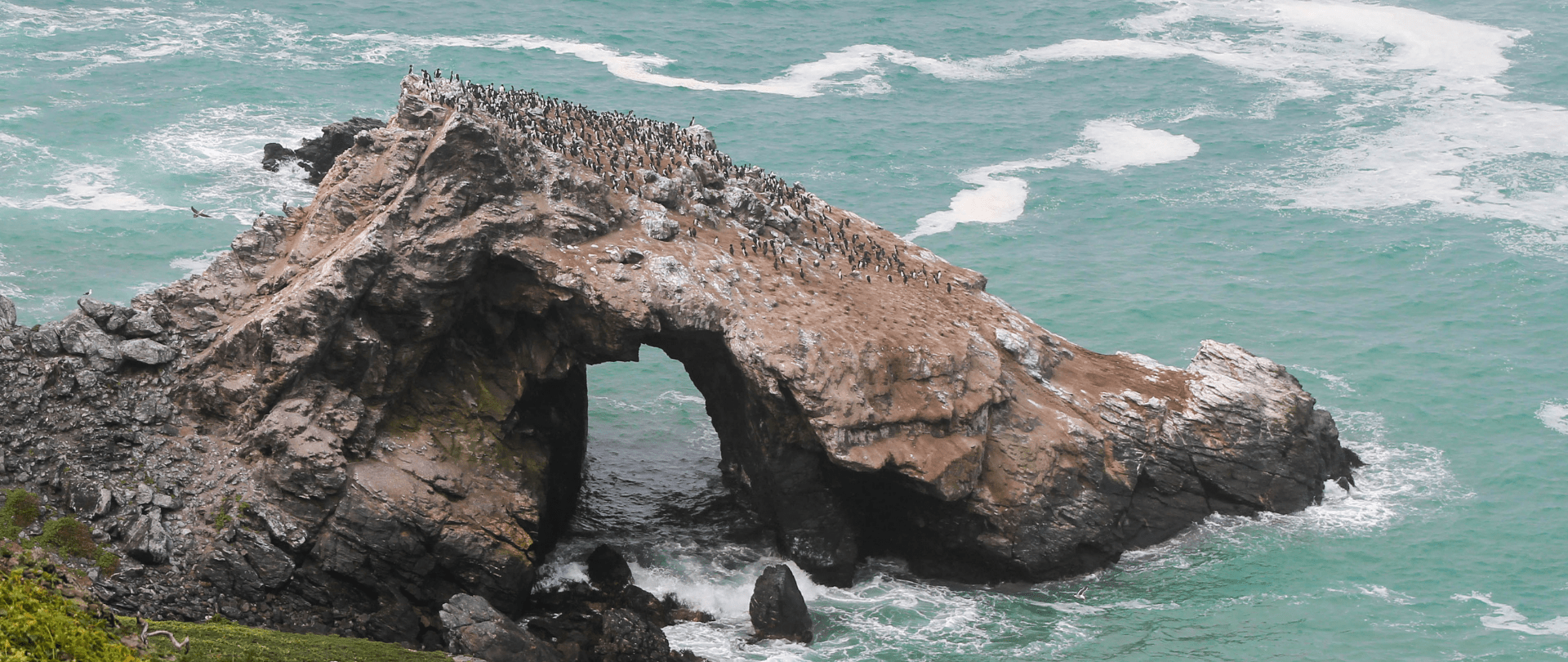
November 28, 2023
Rare will support the effort to restore island-ocean ecosystems by engaging the Coastal 500 network of local leaders in safeguarding biodiversity (Arlington, VA, USA) Today, international conservation organization Rare announced it has joined the Island-Ocean Connection Challenge (IOCC), a global effort to…